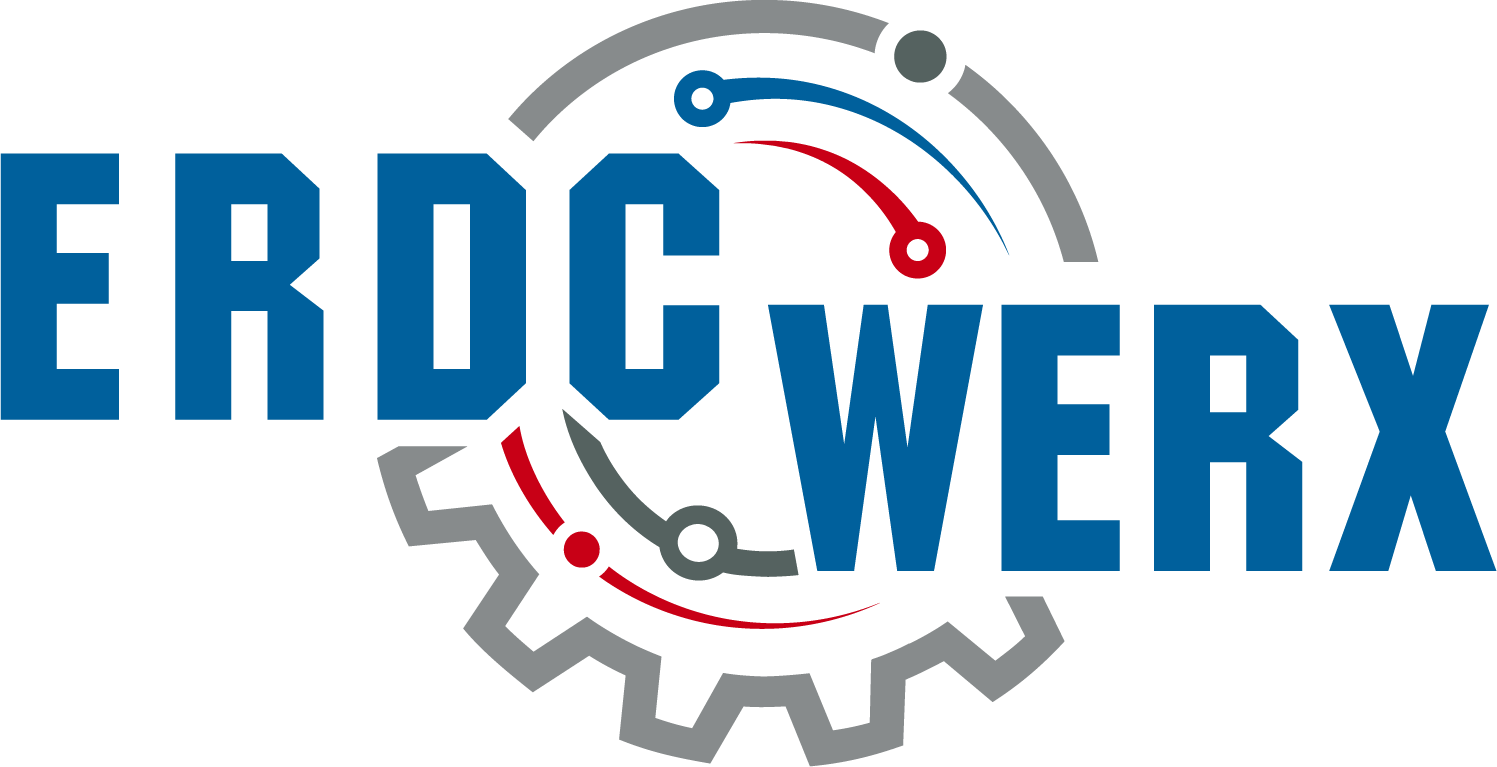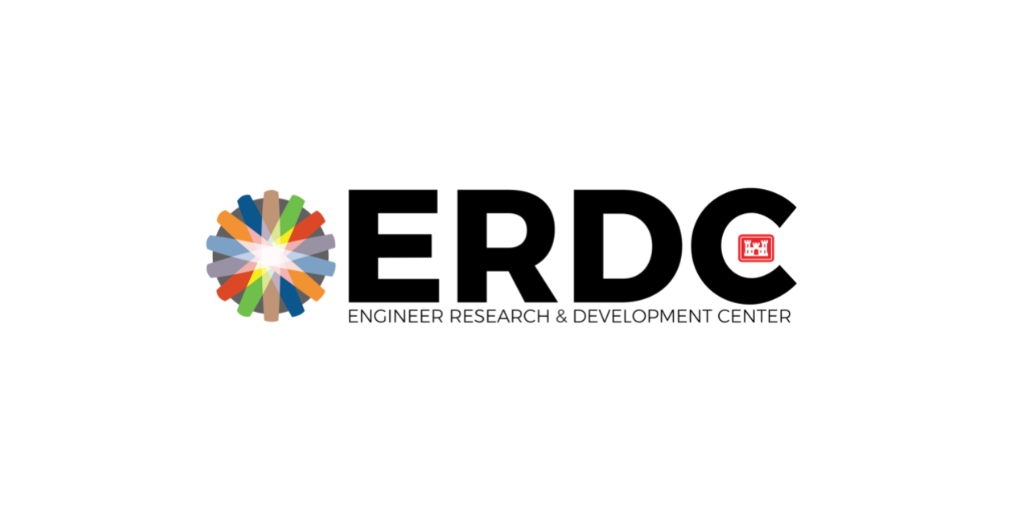Propose R&D Concepts for Potential Collaboration
The U.S. Army Engineer Research and Development Center (ERDC) has issued a Broad Agency Announcement (BAA) for various research and development topic areas: hydraulics, dredging, coastal engineering, instrumentation, oceanography, remote sensing, geotechnical engineering, earthquake engineering, soil effects, vehicle mobility, self-contained munitions, military engineering, geophysics, pavements, protective structures, aquatic plants, water quality, dredged material, treatment of hazardous waste, wetlands, physical/mechanical/chemical properties of snow and other frozen precipitation, infrastructure and environmental issues for installations, computer science, telecommunications management, energy, facilities maintenance, materials and structures, engineering processes, environmental processes, land and heritage conservation, and ecological processes.
The following menu can be expanded to view details and submit pre-proposals to ERDC’s Coastal and Hydraulics Laboratory (CHL), Geotechnical and Structures Laboratory (GSL), Environmental Laboratory (EL), Information Technology Laboratory (ITL), Construction Engineering Research Laboratory (CERL), Cold Regions Research and Engineering Laboratory (CRREL), and Geospatial Research Laboratory (GRL).
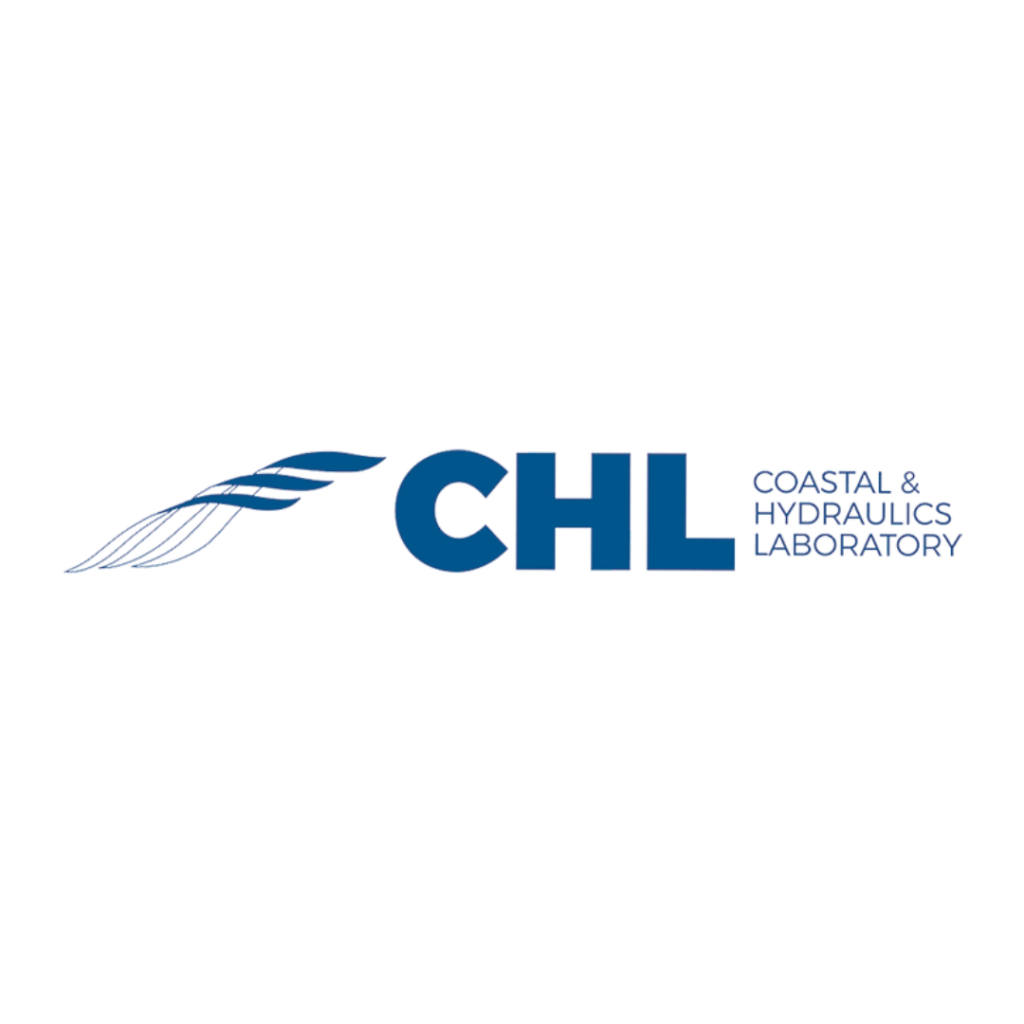
ERDC’s Coastal and Hydraulics Laboratory (CHL) performs research in the areas of hydraulic structures such as locks, dams, outlet works, control gates, stilling basins, spillways, channels, fish handling systems, and pumping stations, flood control channels, navigation channels, riverine and estuarine hydrodynamics and transport processes, groundwater, hydrology; dredging-related equipment, and on coastal problems related to shoreline protection, beach erosion, navigation, sedimentation, Regional Sediment Management, inlet stabilization, and construction, operation and maintenance of coastal structures (breakwater, jetties, groins, seawalls, etc.).
Major areas of interest include coastal hydrodynamics (wind waves, tides, currents, wind related water levels); coastal sedimentation (longshore transport, inlet sedimentation); coastal geology and geomorphology; design and stability of coastal structures; erosion and storm reduction potential of natural and nature-based features; system optimization methods and performance metrics for coastal operations; coastal resiliency; and interaction of structures and coastal processes. Other activities include descriptions of coastal processes; theoretical studies; watershed and regional sediment and water systems studies; numerical and physical model techniques; data collection and analysis techniques; development of laboratory and prototype instrumentation and equipment.
View CHL research areas:
View CHL research areas:
- Physical Processes in Estuaries (CHL-1)
- Inland Hydraulic Structures (CHL-2)
- Open Channel Flow and Sedimentation (CHL-3)
- Dredging Research (CHL-4)
- Navigation Channel Design (CHL-5)
- Computer-Aided Hydraulic Engineering (CHL-6)
- Groundwater (CHL-7)
- Hydrology (CHL-8)
- H&H GIS/Database Development (CHL-9)
- Coastal Hydrodynamics, Coastal Processes (CHL-10)
- Coastal Inlets, Navigation Channels (CHL-11)
- Coastal Structure and Facility Design (CHL-12)
- Field and Laboratory Measurements, Data Collection, and Analysis (CHL-13)
- Experimental Coastal Model Equipment, Operation and Analysis (CHL-14)
- General Coastal Engineering, Coastal Geology, Dredging Investigations (CHL-15)
- Regional and Watershed Sediment Management (CHL-16)
- Marine Transportation Technologies (CHL-17)
- Post-Wildfire Hydrologic, Sediment, and Geomorphologic Management (CHL-18)
- Nearshore Coastal Research in Support of the U.S. Coastal Research Program (CHL-19)
- Comprehensive Water Risk Management (CWRM) (CHL-20)
- Innovations in Sediment Management (CHL-21)
- Next Generation Water Management (CHL-22)
For contractual questions concerning pre-proposals to CHL, contact [email protected] or Christine Wilson at 217-552-5258.
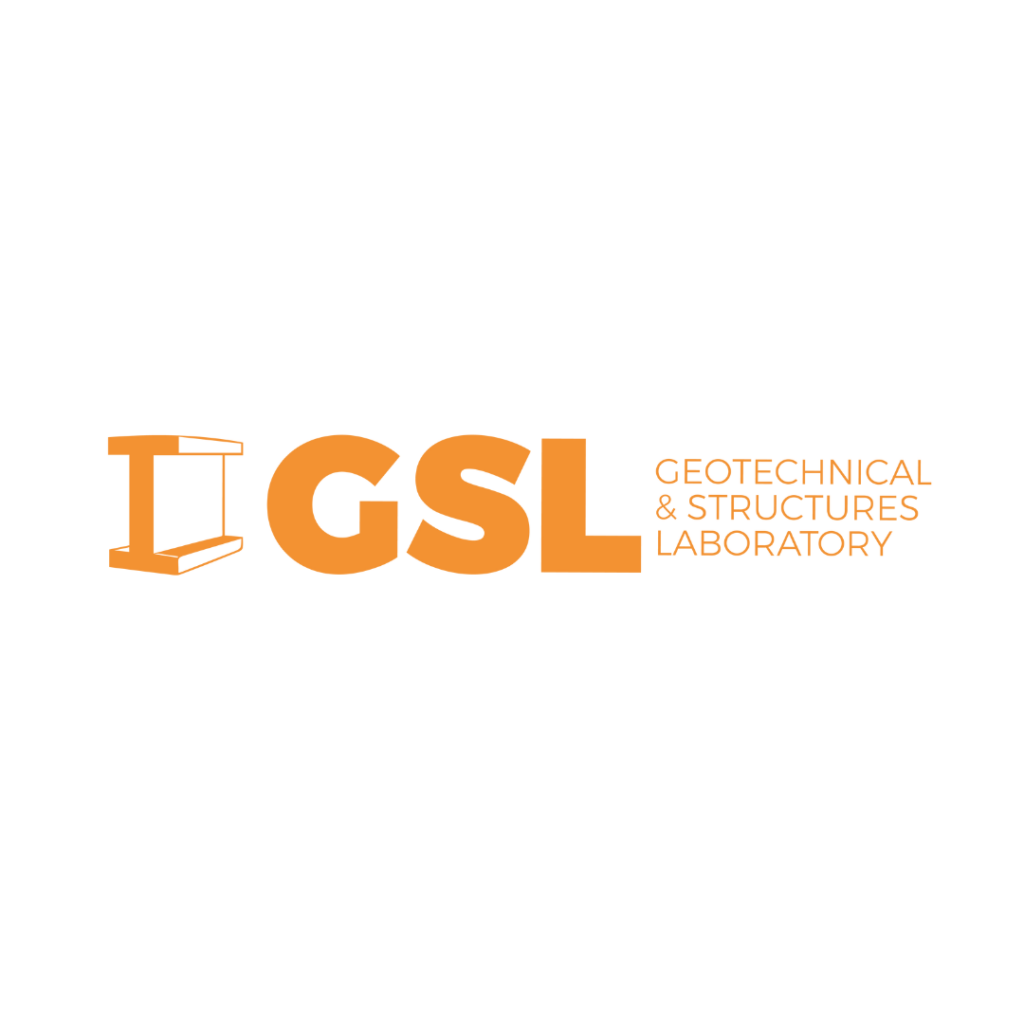
ERDC’s Geotechnical and Structures Laboratory (GSL) performs research in the areas of soil mechanics, engineering geology, geophysics and seismology, earthquake engineering, pavements (both expedient and permanent), mobility and traffic ability of military vehicles, structural design and performance of structures under both static and dynamic loadings, earth dynamics, and the uses and performance of concrete, cement, and other construction materials. Research areas also include measurement and analysis of seismic and acoustic signals to locate airborne and ground military targets and buried objects (including unexploded ordnance) and to characterize earth media. Research on concrete and cement is predominantly related to current recognized needs, both civil and military. Military expediency focuses additional attention on ease and speed of concrete placement, development of very high-strength materials, and use of non-traditional, indigenous, and other special materials in concrete construction.
Civil works research focuses primarily on the need to improve the performance of both new and old concrete structures. Structures research involves development, testing, and evaluation of a broad class of structures to resist the effects of static and dynamic loads induced by earthquakes and other sources. GSL also conducts research involving all aspects for improving the survivability of fixed installations. Research in numerical modeling and computer simulation of many of these topics is also undertaken.
View GSL research areas:
View GSL research areas:
- Earthquake Engineering (GSL-1)
- Geophysics (GSL-2)
- Mobility of Vehicles (GSL-3)
- Pavement Technology (GSL-4)
- Soil and Rock Mechanics (GSL-5)
- Dam Research (GSL-6)
- Engineering Geology (GSL-7)
- Excavation, Structural Demolition, and Obstacle Creation (GSL-8)
- Ammunition Storage Safety (GSL-9)
- Physical Simulation of Munition Phenomenology (GSL-10)
- Geophysical Phenomenology – Multi-Modal Geophysical Phenomenology, Modeling, Data Processing, and Data Management (GSL-11)
- Laboratory Tests and Constitutive Model Development for Geologic Materials (GSL-12)
- Projectile Penetration (GSL-13)
- Computational Structural Mechanics for DoD Applications (GSL-14)
- Concrete Materials (GSL-15)
- Concrete Properties and Analysis (GSL-16)
- Maintenance, Repair, and Rehabilitation of Concrete (GSL-17)
- Other Areas of Materials Research (GSL-18)
- Bridge Research (GSL-19)
- Structures Research (Civil Works) (GSL-20)
- Structures Research (Military) (GSL-21)
- Multispectral Camouflage Research (GSL-22)
- Advanced Maneuver Technologies (GSL-23)
- Railroad Technology (GSL-24)
For contractual questions concerning pre-proposals to GSL, contact David Ammermann at [email protected] or 217-373-4490.
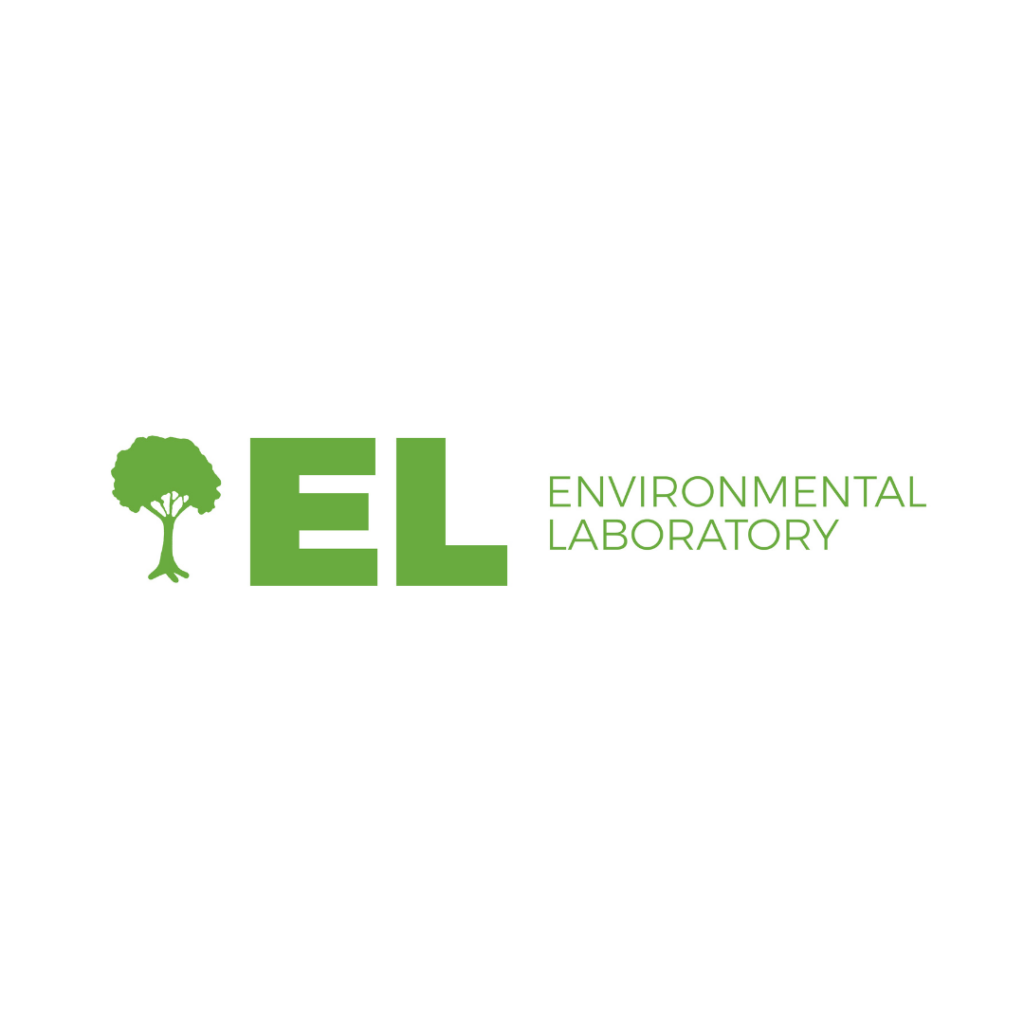
ERDC’s Environmental Laboratory (EL) conducts Military and Civil Works R&D for the Corps of Engineers, other Department of Defense elements, and other Government agencies in the general areas of Environmental Restoration (Clean-up) and Environmental Conservation. Areas of research include: (a) environmental sensing development, (b) hazardous waste site characterization and treatment, (c) sediment geochemistry and biological effects, (d) water quality modeling, and unexploded ordnance (UXO).
Environmental Conservation deals with sustaining natural resources entrusted to DoD for continued use through improving and developing tools and technologies of fundamental and applied process level research, use of modeling and statistics for forecasting; all which conserve, protect, and enhance natural and cultural resources and foster stewardship. Areas of research include: (a) environmental database development; (b) environmental impact prediction, assessment, and management; (c) environmental criteria for stream channel alteration; (d) natural resource management, and animal movement behavior response to environmental (aquatic, terrestrial, aerial, social) patterns; (e) aquatic nuisance species management; (f)threatened and endangered species protection and management; (g) ecology, restoration, and management of plant communities in aquatic ecosystems; (h) water quality; (i) outdoor recreation; (j) cultural resources; and (k) ecosystem simulation.
View EL research areas:
View EL research areas:
- Sensing (EL-1)
- Environmental and Military Sensing (EL-2)
- Environmental, Sensing, Characterization, and Modeling (EL-3)
- Environmental Instrumentation (EL-4)
- Innovative Technology for Environmental Sensors and Tools (EL-5)
- Innovative Technologies for Treating Contaminated Sediment, Soil, Surface Water, Ground Water, and Hazardous Waste (EL-6)
- Design, Evaluation, Verification and Modeling of Solid and Hazardous Wastes and Contaminated Sediments (EL-7)
- Environmental Risk Assessment (EL-8)
- Sediment Water Interactions (EL-9)
- Techniques for Contaminated Dredged Material Disposal and Treatment (EL-10)
- Emerging Contaminants in the Environment (EL-11)
- Numerical Water Quality and Contaminant Modeling (EL-12)
- Complex Adaptive Systems (EL-13)
- Water Quality and Behavior Modeling (EL-14)
- Biotechnical Shore Stabilization (EL-15)
- Freshwater Fishery Investigations (EL-16)
- Freshwater Macro Invertebrate Investigations (EL-17)
- Mitigation (EL-18)
- In Stream Flow Requirements for Aquatic Biota (EL-19)
- Behavioral and Structural Fish Barriers (EL-20)
- Fish Guidance and Bypass Systems (EL-21)
- Coastal Ecology (EL-22)
- Techniques for Designing, Operating and Managing Dredged Material Disposal Facilities and Beneficial Use Projects (EL-23)
- Systems Biology, Computational Biology, and Bioinformatics for Environmental Impact Assessment (EL-24)
- Riparian and In Stream Habitat Restoration (EL-25)
- Assessing Benefits of Channel Modifications (EL-26)
- Natural Resources Stewardship (EL-27)
- Wildlife Resource Management (EL-28)
- Animal Movement Behavior (EL-29)
- Endangered Species (EL-30)
- Wetlands (EL-31)
- Ecological Trace Detection and Characterization (EL-32)
- Experimental Chemistry (EL-33)
- Computational Chemistry (EL-34)
- Aquatic Plant Control (EL-35)
- Aquatic Nuisance Species (EL-36)
- Prevention of Ecosystem Degradation (EL-37)
- Detecting and Predicting Ecosystem Health and Species Presence and Movement (EL-38)
- Management of Invasive/Nuisance Species, Threatened and Endangered Species, and Ecosystem Health (EL-39)
- Ecological Modeling (EL-40)
- Carrying Capacity (EL-41)
- User Fees (EL-42)
- Stakeholder Engagement with Technology Support (EL-43)
- Decision Analysis (EL-44)
- Resource Allocation and Adaptive Management (EL-45)
- Systems Analysis and Resilience (EL-46)
- Equity in Disaster Planning and Response (EL-47)
- Horizon Scanning and Technology Threat Assessments (EL-48)
- Biological Systems Assessment (EL-49)
- Cryptic Ground and Environmental Signatures (EL-50)
For contractual questions concerning pre-proposals to EL, contact Sonia Boyd at [email protected] or 601-634-3251.
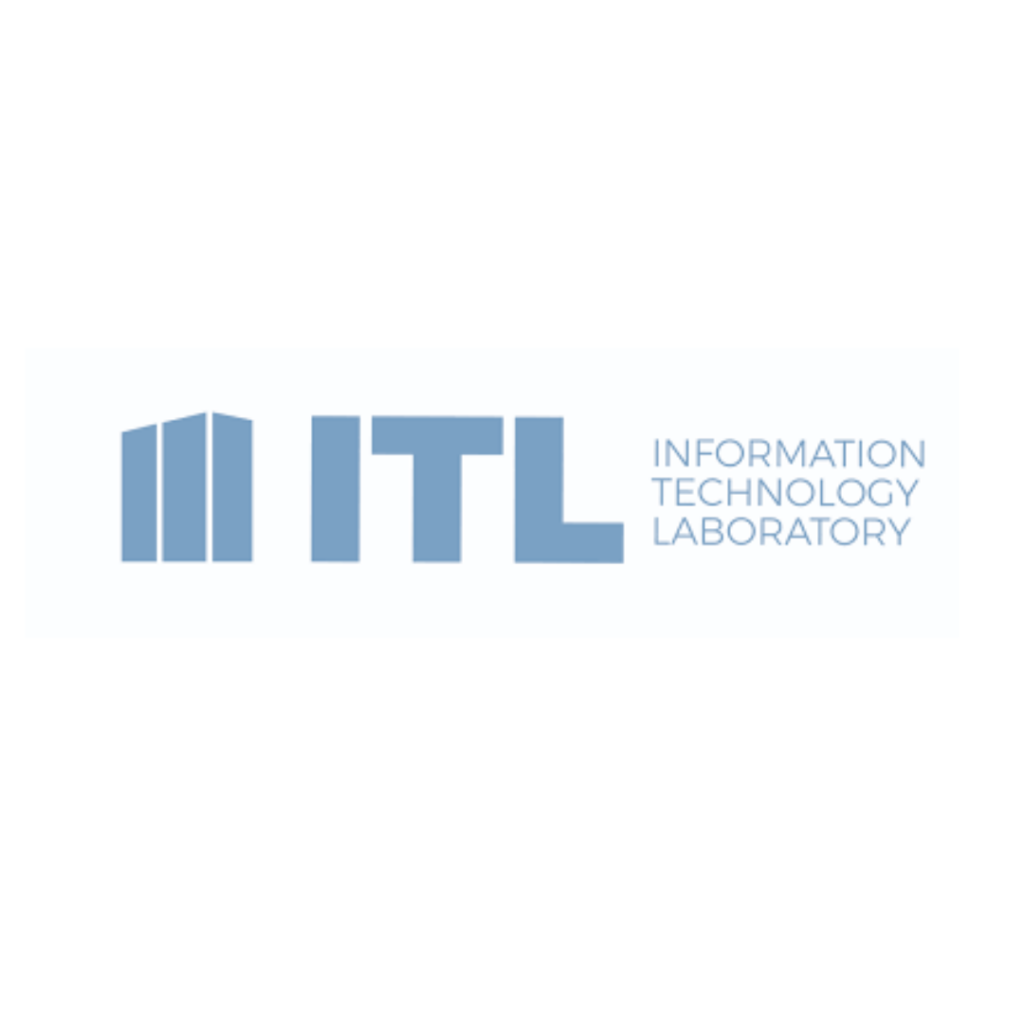
ERDC’s Information Technology Laboratory (ITL) conducts research, development, and studies and provides technical assistance and operational support in information technology (IT) and closely related fields, with particular emphasis on the areas of computer-aided interdisciplinary engineering, computer-aided design and drafting, building information modeling, computer-aided facilities management, computer science, high performance computing, advanced computer security, general-purpose computing, and sensor and instrumentation systems. These activities are conducted to support and enable execution of missions of USACE, the Army, and DoD.
View ITL research areas:
View ITL research areas:
- Computational Science and Engineering (ITL-1)
- Software Engineering and Informatics (ITL-2)
- High Performance Computing (HPC) (ITL-3)
- Cybersecurity (ITL-4)
- High Performance Data Analytics (ITL-5)
- High Performance Computing (HPC) Enabled Additive Manufacturing (AM) Technologies (ITL-6)
- Artificial Intelligence and Machine Learning Models to Inform Materials Discovery (ITL-7)
- Edge Computing (ITL-8)
For contractual questions concerning pre-proposals to ITL, contact Christy Love at [email protected] or 601-634-3445.
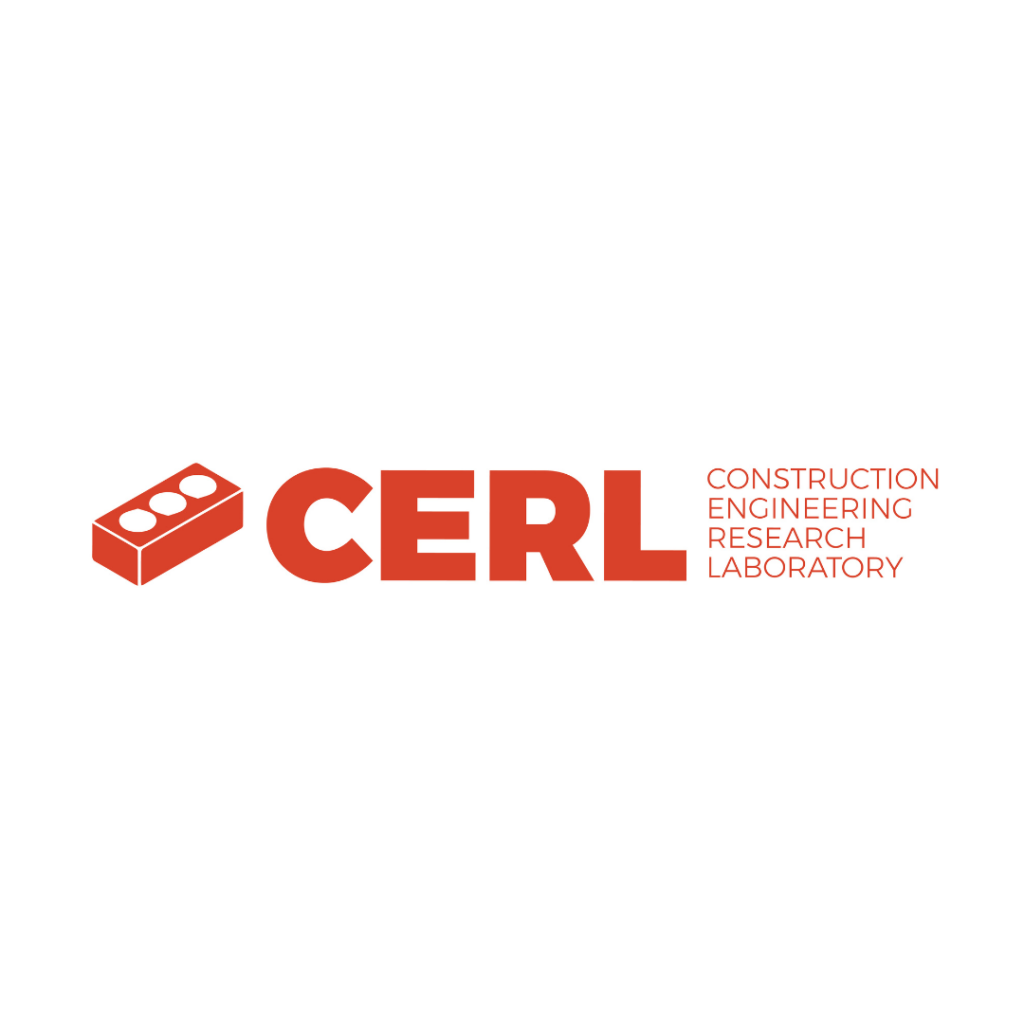
ERDC’s Construction Engineering Research Laboratory (CERL) offers research and development (R&D) support, as well as technical assistance, to a variety of customers throughout the Department of the Army (DA) and other Government agencies. CERL is the lead Army facility for conducting R&D on infrastructure and environmental issues for installations. CERL’s research is directed toward increasing the Army’s ability to more efficiently construct, operate, and maintain its installations and ensure environmental quality and safety at a reduced life-cycle cost. To accomplish the mission, CERL has two Divisions: Facilities and Installations. Researchers in these Divisions are matrixed across the ERDC organization in multi-disciplinary teams that bring the best expertise to bear on solving problems for the Department of Defense.
View CERL research areas:
View CERL research areas:
- Advanced Methods and Designs for Additive Construction (CERL-1)
- Critical Infrastructure and Utility Systems Protection (CERL-2)
- Innovative Construction Material Systems (CERL-3)
- Innovative Energy Efficiency and Energy Security Initiatives (CERL-4)
- Innovative Water Efficiency and Water Resilience Initiatives (CERL-5)
- Contingency Basecamp Operational Energy (CERL-6)
- Autonomous Robotic Solutions for Engineer Operations in the Deployed Environment (CERL-7)
- 4-D Printing of Geopolymer Composites or Polymer-Stabilized Soils (CERL-8)
- Fiber Reinforced Polymer (FRP) Composites for Infrastructure Applications (CERL-9)
- Innovative Antifungal Materials (CERL-10)
- Reserved (CERL-11)
- Geotechnical Scaled Physical Modeling at Normal Gravity (CERL-12)
- Novel Soil Stabilizing Agents (CERL-13)
- Integrated Water Security for DoD Installations (CERL-14)
- Biomimetic Polymers for Adaptive Material System (CERL-15)
- Infrastructure Management, Facilities Maintenance (CERL-17)
- Modeling and Simulation/Analysis Tools for Infrastructure Applications (CERL-18)
- Reserved (CERL-19)
- Air Quality Solutions or Studies (CERL-20)
- Structural Health Monitoring Technologies of Large-Scale USACE Civil Infrastructure in Aquatic Environment (CERL-21)
- Inventory, Assessment, and Monitoring (CERL-22)
- Land Management (CERL-23)
- Waste to Energy Conversion Systems – Energy, Diversion, Value Recovery (CERL-24)
- Compliance at Troop Installations (CERL-25)
- Pollution Prevention (CERL-26)
- Business Process Reinvention (CERL-27)
- Socio-Cultural Analysis (CERL-28)
- Innovation in Extending Bacterial Viability (CERL-29)
- Adaptive Intelligence Systems Architecture (CERL-30)
- Insect Feature Characterization, Use, and Mimicry (CERL-31)
- Innovation in Volatile Organic Compound (VOC) Detection and Characterization (CERL-32)
- Regional and Ecological Planning and Simulation (CERL-33)
- Reserved (CERL-34)
- Mitigation of Wide Area Biological Contamination Events (CERL-35)
- Reserved (CERL-36)
For contractual questions concerning pre-proposals to CERL, contact [email protected] or Andrea Thomas at 217-373-6746.
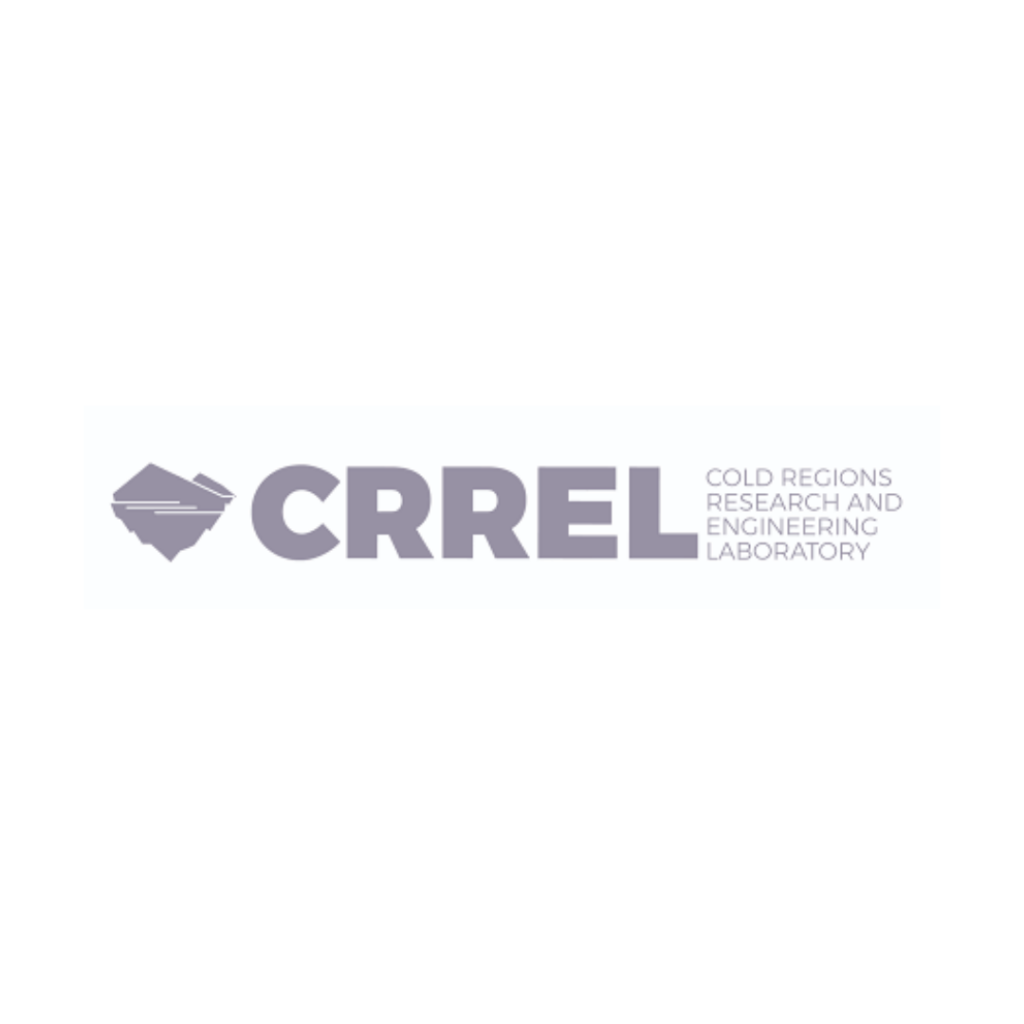
The mission of ERDC’s Cold Regions Research and Engineering Laboratory (CRREL) is to solve interdisciplinary, strategically important problems of USACE, Army, DoD, and the Nation by advancing and applying science and engineering to complex environments, materials, and processes in all seasons and climates, with unique core competencies related to Earth’s cold regions. As a national resource for cold regions science and engineering, CRREL promotes understanding to support mission success through the development and delivery of transformative technical solutions that meet operational challenges. Key technical areas of research and development include signature physics, terrestrial and cryospheric sciences, biogeochemical processes, environmental fate and transport geochemistry, force projection and sustainment, cold regions infrastructure, water resources/geospatial applications and hydrology and hydraulics.
View CRREL research areas:
View CRREL research areas:
- Signature Physics Technical Area (CRREL-1)
- Terrestrial and Cryospheric Sciences Technical Area (CRREL-2)
- Biogeochemical Processes in Earth Materials Technical Area (CRREL-3)
- Environmental Fate and Transport Geochemistry Technical Area (CRREL-4)
- Force Projection and Sustainment Technical Area (CRREL-5)
- Cold Regions Infrastructure Technical Area (CRREL-6)
- Water Resources Geospatial Applications Technical Area (CRREL-7)
- Hydrology and Hydraulics Technical Area (CRREL-8)
For contractual questions concerning pre-proposals to CRREL, contact [email protected] or Melodie Fisher at 601-634-4687.
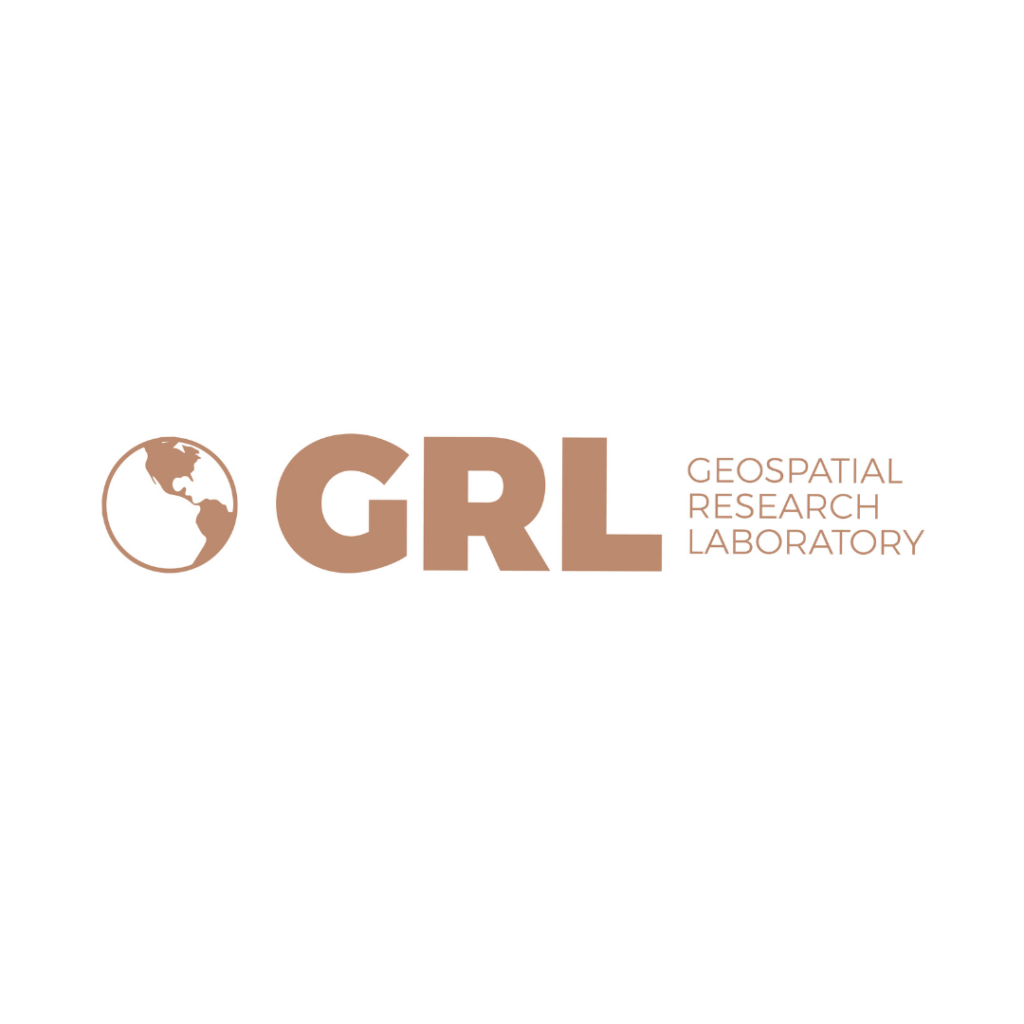
ERDC’s Geospatial Research Laboratory (GRL) conducts research related to providing rapid collection, calibration, registration, processing, analysis, integration, compression, visualization, analysis, and dissemination of remotely sensed geospatial data acquired from various manned and unmanned sources to derive high fidelity spatiotemporal information. Multi-modal data is used to create integrated and tiered geospatial products for enhanced situational understanding based on forms and methods tailored toward dissemination to Warfighters and Civil Works applications.
Additional interest includes methods for terrain-based techniques for alternative positioning, navigation, and mapping capabilities in GPS-denied environments for mounted and/or dismounted units. GRL research efforts explore the incorporation of novel materials for tagging, tracking and locating; explores emerging lidar technologies, and the advancement of hardware and software systems related to geospatial intelligence.
View GRL research areas:
View GRL research areas:
- Novel Photon-Counting LIDAR Software and Hardware Development (GRL-1)
- Photogrammetry & Rectification Software Tools and Techniques (GRL-2)
- Intelligent Spatiotemporal Analytics (GRL-3)
- Assured Position, Navigation and Timing and Visual Terrain Reference Navigation (GRL-4)
- Advanced Terrain Analytics in Complex Environments (GRL-5)
- Advanced Cyber Geospatial Science (GRL-6)
For contractual questions concerning pre-proposals to GRL, contact Lashanda Areghan at [email protected] or 601-497-7771 ext. 1636.
This announcement is open until superseded by another announcement. Offerors may submit pre-proposals against any research area. Pre-proposals will be evaluated against the criteria stated in the announcement without regard to other submissions. The availability of funds may limit the ability of the government to make awards in specific areas, nevertheless, pre-proposals are sought for the stated research areas.
How to Participate
- Review the ERDC Broad Agency Announcement
- Review Pre-Proposal Guidelines above
System for Award Management (SAM) registration is required prior to submission to the ERDC Broad Agency Announcement.
Questions: For contractual questions concerning pre-proposals to ERDC, contact the personnel listed at the end of each topic area.
